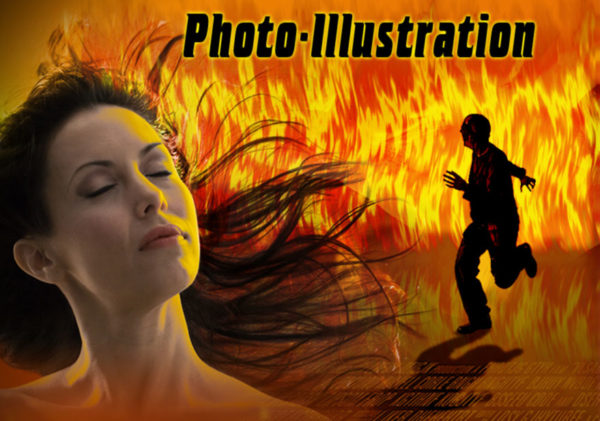Sometimes you have to embrace problems to find solutions.
I recently had the good fortune to shoot some photos for a friend’s headshot. Renee Sher needed a headshot for her therapy practice but also wanted some “play” photos to indulge her alter ego as an actress. After covering the standard professional, and somewhat corporate, headshot we started to play with a range of characters – a sultry Snow White, a club dancing queen, a statuesque dominatrix, and a sci-fi heroine ! Renee was outstanding in her Tron inspired catsuit , reminiscent of Trinity in the Matrix or Aeon Flux.
This last character was the most interesting to me but we got to it at the end of the day and I was tired and running out of lighting ideas! The outfit had “L-wire” running down the sides and I thought I’d try a slow shutter to capture the light in the exposure. Renee held a pose steady while I shot using a 2 second shutter speed. The flash froze her image and the long shutter allowed the thin blue L-wire light to burn in enough to register in the shot. However, the result was less than ideal. Even with all the modeling lights turned off, there was still too much ambient light to get enough drama going.
I was running out of time and I didn’t have any black cloth to drape the set. I attempted to get some interest in the shot by having my assistant wave a flashlight behind Renee during the 2 second exposure (after the flash went off) but it just wasn’t working that well. Part of the problem was, we were shooting on a white cyc and I couldn’t get it to go dark enough during the long exposure. The other problem was that forcing Renee to hold still during the long exposure was creating a stiff pose—this was a woman of action and static poses did not suit her. Moving a little light in the background was no substitute for getting some motion in the figure. What was I going to do?
Problems will often present themselves at inopportune moments. The trick is not becoming swept up in the problem as defined—here the problem seemed to be that I couldn’t control the spill light adequately to keep the environment dark and dramatic and I couldn’t make the L-wire bright enough to shorten the shutter speed—but why does that need to be the problem? Instead of fighting the problem, why not change the problem entirely? I couldn’t keep enough light off the background and Renee looked uncomfortable holding still, so… throw light on the background and have her move!
I shined a red-gel modeling light onto the background to get a bright red light at about 1/8 second and instructed Renee to move/dance/wave her arms around! The only foreground light was from a short duration flash giving a sharp image inside of the shadowy blurred figure that resulted from the long exposure.
This experiment paid off. I knew that I was never going to get a perfect combination of blurs and sharply lit areas in a single shot but combining multiple shots is a much more manageable problem in post using Photoshop. I drove Renee crazy for about 20 minutes with her wiggling and waving her arms about but eventually I got enough raw material to build an interesting image.
Afterwards, I took a bunch of different shots into Photoshop and blended the best arms face and figure into one image…
After a bit of work, I finished it off with an edge effect generated through two Nik Color Efex Pro filters! This final image was not what I had in mind at the time of the shoot but it developed out of a lighting problem! I think the key to success is often how we respond to challenges. Try not to get stuck solving a problem that results from a pre-conceived idea of what a particular shot should look like. Sometimes you have to allow the problem to lead you in another direction. Go with the flow, as it were, and redefine the problem to discover a solution to the new problem!
I think I’ve finally caught up with my work since my trip to Death Valley so I expect I can finally put a blog post together about that trip next – stay tuned and happy image making!














